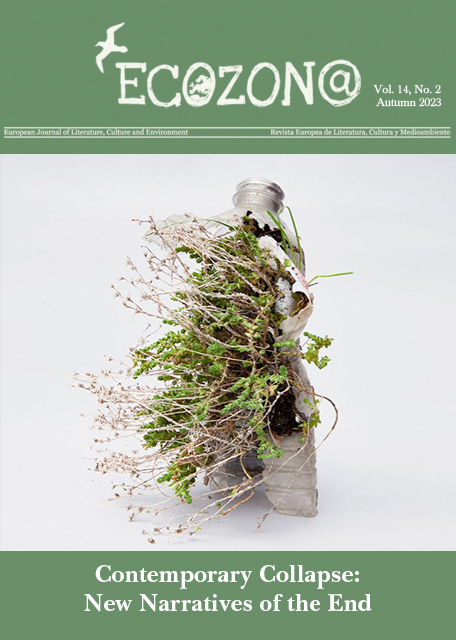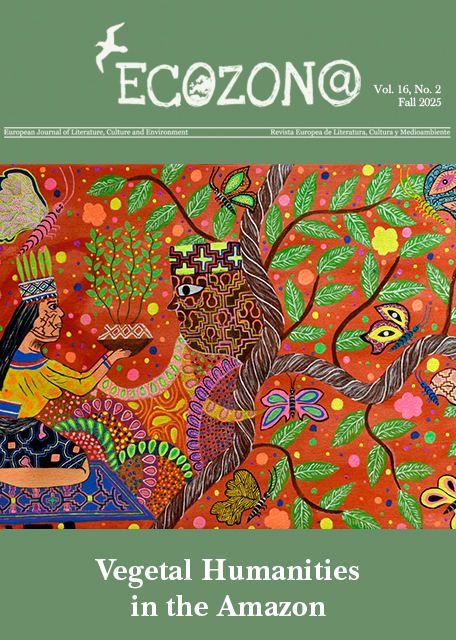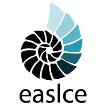Norwegian Futurisms: Posthumanism and the Norwegian Nordic Model in Tor Åge Bringsværd’s "Du og Jeg, Alfred" and "Alfred 2.0"
DOI :
https://doi.org/10.37536/ECOZONA.2023.14.2.5034Mots-clés :
posthumanism, intertextuality, Nordic model, Norway, science fiction, ecodystopiaRésumé
In Norway, much of the Science Fiction published over the last two decades has been dystopian and focused on the future effects of climate change on society. In light of this trend, this article explores how the ecodystopian duology, Du og jeg, Alfred: Et tidsbilde (2020) and Alfred 2.0 (2022), written by Tor Åge Bringsværd under the pseudonym Edgar Burås, reflects on and criticizes the Norwegian Nordic model, particularly in relation to Norway’s oil wealth, social welfare, consumerism, and ecological concerns. As both novels mobilize characters and technologies that blur and confuse the boundaries of the human, the posthumanist theories of Donna Haraway are utilized in interpreting their cultural and socio-political symbolism. Additionally, these novels also serve as an intertextual update to Astrid Lindgren’s Emil i Lönneberga series (1963-1970), with the traditional boundaries of familial relationships pushed into posthuman notions of gender, age, and species. This article ultimately argues that the ecodystopian setting and posthuman characters posit an intersectional diversity and multispecies kinship that challenge notions of ecological and social sustainability in the Norwegian Nordic model. This article begins by introducing Bringsværd and the core texts, then concretizes the Norwegian Nordic model and explores the ecodystopian setting in light of neoliberalism and nationalism, and concludes with a discussion of posthumanism and intertextuality.
Téléchargements
Téléchargements
Publié-e
Numéro
Rubrique
Licence
Authors who publish with this journal agree to the following terms:
a) Authors retain copyright and grant the journal right of first publication with the work simultaneously licensed under a Creative Commons Attribution License that allows others to share the work with an acknowledgement of the work's authorship and initial publication in this journal (CC BY-NC for articles and CC BY-NC-ND for creative work, unless author requests otherwise.
b) Authors are able to enter into separate, additional contractual arrangements for the non-exclusive distribution of the journal's published version of the work (e.g., post it to an institutional repository or publish it in a book), with an acknowledgement of its initial publication in this journal.
c) Authors are permitted and encouraged to post their work online (e.g., in institutional repositories or on their website) prior to and during the submission process, as it can lead to productive exchanges, as well as earlier and greater citation of published work (See The Effect of Open Access).










